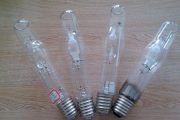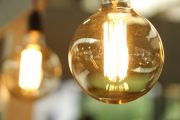Introduction to Full Spectrum Metal Halide Lamps
Full-spectrum metal halide lamps can emit light that is most similar to natural light, because the light they emit is full-spectrum, that is, all light waves have. This includes all colors of visible light, and a small part of ultraviolet light.
Working principle of metal halide lamp
The full-spectrum metal halide lamp is a discharge lamp that is operated by an AC power source and produces arc discharge in the mixed vapor of mercury and rare metal halide. The metal halide lamp is made by adding various metal halides to the high-pressure mercury lamp. The third generation light source. The lighting adopts a sodium scandium metal halide lamp. The lamp has the characteristics of high luminous efficiency, good color rendering performance and long life. It is a new energy-saving light source close to daylight. It contains special powder and pills, and is widely used in indoor crawling. Animal feeding supplement light can synthesize vitamin D3 to promote bone growth. It is the best supplement light lamp for reptile feeding so far. It has the characteristics of high luminous efficiency, long life (8000~20000h), color temperature (4000-10000k) and good color rendering (Ra65~95), compact structure and stable performance.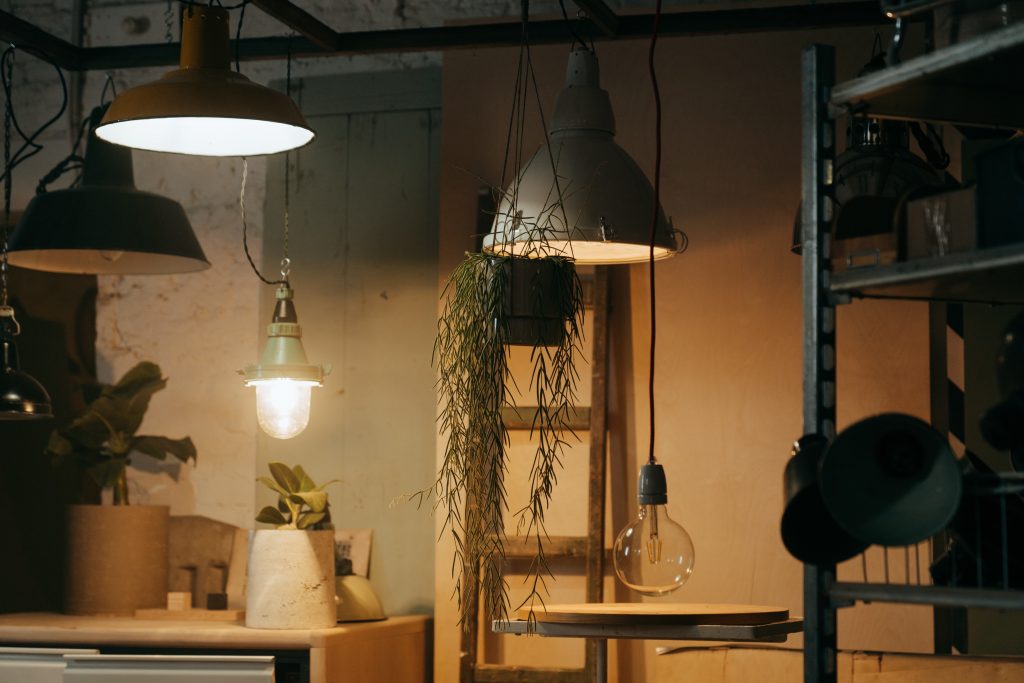
It combines the advantages of fluorescent lamps, high-pressure mercury lamps, and high-pressure sodium lamps, and overcomes the shortcomings of these lamps. The metal halide lamp brings together the main advantages of gas discharge light sources. Especially the three advantages of high light efficiency, long life and good light color. The metal halide is filled into the arc tube, and the electric light source that uses the ionization of metal atoms to excite the luminescence. The unique ultraviolet powder inside has the characteristics of high luminous efficiency, high color temperature, and good color rendering. The full-spectrum metal halide lamp has two different spectral output frequencies, desert type and rainforest type, which can effectively meet the needs of rainforest and desert animals, and effectively replace the traditional high-pressure mercury lamp. The high-pressure sodium lamp has become the best crawler today. Animal fill light.
Performance of metal halide lamps
- Ultra-high luminous efficiency, with different powers up to 60-80Lm/W, the energy saving effect is remarkable. 2. High color rendering, the highest color rendering index is more than 90.
- Long life span, with an average life span of 6000 hours.
- The luminous points are concentrated, the structure is compact, and it is easier to achieve large-area lighting when matched with lamps.
- It can replace sunlight, and can effectively control infrared and ultraviolet bands.
- Multiple color temperature options, 3000K–10000K is an ideal light source for animal growth.
- Suitable for all reptiles, amphibians and large and small animals.
Comparison of metal halide lamps and other lamps
The following is a comparison of UVB and UVA crawler lamps commonly used in the international market:
- Fluorescent UVB lamp (advantage: cheap, disadvantage: low UV output)
- Energy-saving lamp UVB lamp (advantage: cheap, easy to use, disadvantage: low UV output)
- Mercury lamp UV lamp (advantages: medium price, some need ballasts, high UV output, disadvantages: UVC content, high mercury content, not environmentally friendly, the EU has begun to restrict)
- Full-spectrum metal halide lamp (advantages: high UVA UVB output, closest to the solar spectrum, large heat output, directly replacing ceramic heating lamps, long life, low power, energy saving and environmental protection. Disadvantages: high price, need ballast to start.)
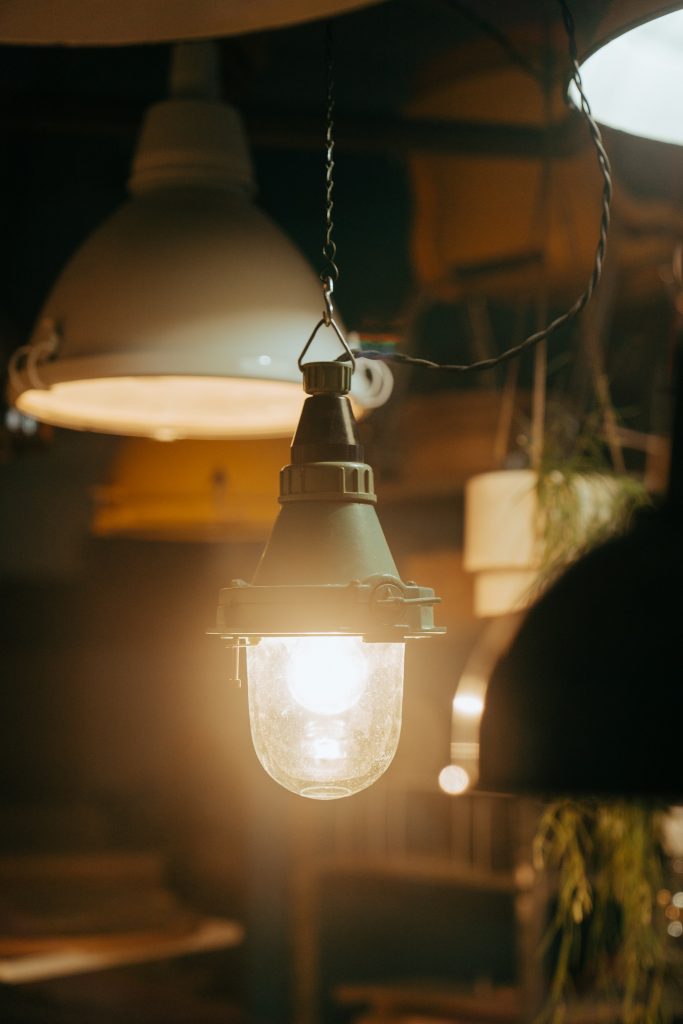
Characteristics of metal halide lamp
Now the metal halide lamp on the market is widely concerned for its high luminous efficiency and small size. Here we make a brief introduction to all aspects of the characteristics of the metal halide lamp.
1, The luminous process of metal halide lamp is filled with a small amount of metal halide and gas. It takes more than one minute from triggering to normal luminous, which can be roughly divided into three stages.
1) Trigger stage.
There is no filament in the metal halide lamp, but only two electrodes. If the working voltage is applied directly, it can not be ignited. High voltage must be applied first to ionize the gas in the lamp. High voltage is generated by special trigger.
2) Igniting stage.
After the bulb is triggered, the discharge voltage of the electrode further heats the electrode to form glow discharge and create conditions for arc discharge.
3) Normal luminescent stage.
Under the action of glow discharge, the electrode temperature is higher and higher, the number of electrons emitted is more and more, and the transition to arc discharge is rapid. With the further increase of temperature, the light of the lamp becomes stronger and stronger until it reaches the normal level. The whole process takes more than one minute. If the starting current is large and the starting performance of the power supply is good, the process can be shorter.
- Luminous mechanism of metal halide lamp
Metal halide lamp mainly depends on metal halide as luminous material, metal halide exists in the lamp in solid form. Therefore, the lamp must be filled with a small amount of hydrogen or xenon to ignite the bulb. After the lamp is ignited, it first works in the low-pressure arc discharge state. At this time, the voltage of the two poles of the lamp is very low, about 18-20v, and the light output is also very small. At this time, it mainly generates heat energy to heat the whole lamp body.
The metal halides introduced into the lamp evaporate continuously with the increase of temperature, and become metal halide vapor. Under the effect of heat convection, it continuously flows to the arc center, and some metal halides Under the action of electric field, metal atoms are excited to emit light; the other part of metal halides are not decomposed by high temperature of electric arc, but are directly excited to form molecular luminescence under the action of high temperature and electric field.
Due to the different evaporation temperatures of various metal halides, these particles evaporate and participate in the luminescence one after another, so different atomic spectra appear one after another. With the gradual increase of temperature, the density of metal atoms in the arc gradually increases, resulting in resonance absorption. The atomic characteristic spectrum gradually weakens until it disappears, and extends to the long band. Due to the further increase of lamp temperature and the establishment of heat balance Then all the metal halides evaporate and the molecular spectrum appears, the light color and brightness also tend to be stable. The pressure in the lamp can reach dozens of atmospheres. The arc in the lamp changes from low-pressure arc discharge to high-pressure arc discharge. The voltage at both poles of the lamp rises from 18 to 20V and stabilizes at 100V, entering a normal light-emitting state.
The luminous efficiency of the lamp is related to the external dimension, technological structure and metal type of the lamp.
- Advantages and disadvantages of metal halide lamp
The biggest advantage of metal halide lamp is that the luminous efficiency is very high, the luminous efficiency is as high as 80 ~ 90lm / W, and the heat is less when the lamp is normally emitting, so it is a kind of cold light source. Because the spectrum of metal halide lamp is based on continuous spectrum and overlapped with dense linear spectrum, the color rendering index is very high, that is, the color reducibility is very good, up to 90%.
Color temperature of metal halide lamp
The color of visible light of different atoms is different in the wavelength range of 380nm-780nm. If the linear spectrum with higher resolution is used, the light of the same atom at different wavelengths is also different. But in fact, the continuous spectrum is the research object. The characteristic spectrum is the main color of the visible light emitted by the same kind of atom, and the different wavelengths of different energy levels lead to the lighter or thicker color of the visible light than the main color.
The visible wavelength of the stimulated radiation of sodium atom is pure yellow at 589nm, but because there are different linear spectra between different energy levels, there are yellow bands between greater than 555nm and less than 595nm, only the yellow light from 589nm to both sides tends to fade.
Based on the influence of energy and different atomic characteristic spectra, metal halide lamp can control the color temperature of light source by selecting metal halides of different metal elements.
When the metal halide lamp works normally, the gas pressure in the arc tube cavity and the atomic concentration in the arc region are stable. When the circuit is in working state, a strong point electric field is formed between the two electrodes, and the free charged ions in the arc region accelerate in the electric field. Because there are free metal atoms, halogen atoms and mercury atoms in the cavity of the arc tube, there will be inelastic collision with free metal atoms in the trajectory of ion motion. The energy of ion acceleration in electric field △ e (ion) = 1 / 2m (ion) V 2 + e (initial energy) (When the charged ions collide with the atoms in the arc region, they lose energy and accelerate in the electric field to obtain energy. When the charged ions collide with the atoms inelastically, e (initial energy) ≠ 0, and when the charged ions collide with the atoms elastically, e (initial energy) = 0. E (initial energy) is a small part of the energy left after the energy exchange between charged ions and free metal atoms)
According to the law of conservation of energy, the following formula is satisfied:
Δ e (high energy ion) + free atom = △ e (low energy) + excited state atom (high energy) · (1 )
△ e (low energy ion) + free atom = △ e (low energy) + excited state atom (low energy) ·( 2)
If the ion gains enough energy after accelerating in the electric field, the following equation will be satisfied:
Δ EE (high energy ion) + free atom = △ e (low energy) + e + metal positive ion –(3)
When the ions obtain higher energy in the electric field, the equation (1) or the adjoint equation (3) is satisfied. If the equation 1 is satisfied, the energy level of the excited state atom is high, thus the high-energy photon is radiated, the corresponding light wavelength is short, and the color temperature is high. When the energy of the ions in the electric field is relatively low and the relation (2) is satisfied, the color temperature of the light emitted is low.
According to the above analysis, it can be concluded that the color temperature of metal halide lamp comes from the energy of charged ions in the electric field.
Based on the above analysis, it can be concluded that the root cause of the color temperature fluctuation of metal halide lamp is the concentration of free atoms and the internal temperature of the arc tube, or the uneven distribution of the internal temperature of the arc tube leads to the concentration fluctuation of free metal atoms.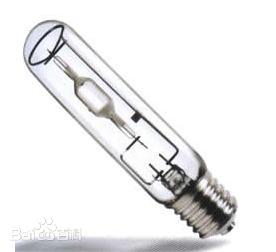
Color temperature control of metal halide lamp
The fact tells us that the color temperature of metal halide lamp filled with a certain standard color temperature has a large deviation after the completion of post production. How to better control the color temperature of metal halide lamp has become the goal of the same industry. In the manufacturing process of metal halide lamp, every process parameter is closely related to the color temperature. The author has done a mathematical statistical analysis on the color temperature of 70W quartz metal halide lamp: 100 groups of arc tubes of 70w5000k (rare earth series) and 70w4000k (scandium sodium Series) were tracked. According to the principle of one-to-one correspondence, the distance between electrodes (polar distance), arc tube cavity length (bowl distance), powder boundary, powder coating weight, and front face of arc tube (before powder coating) were measured respectively And the top view picture, lamp tube pressure (rare earth series for G12, sodium scandium series for double end lamp color temperature.


